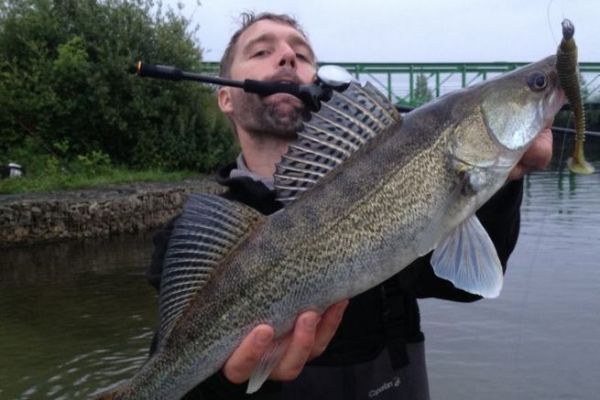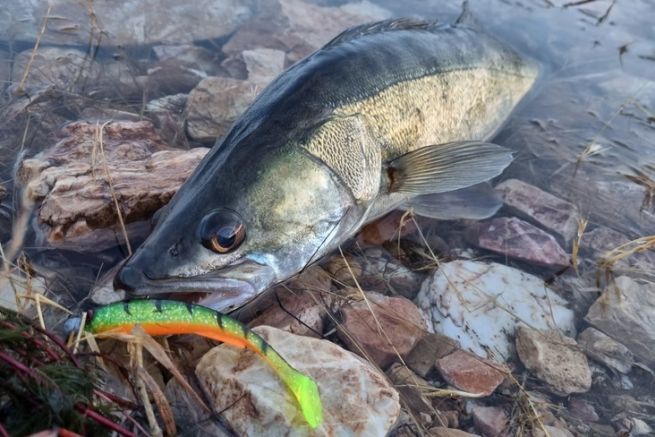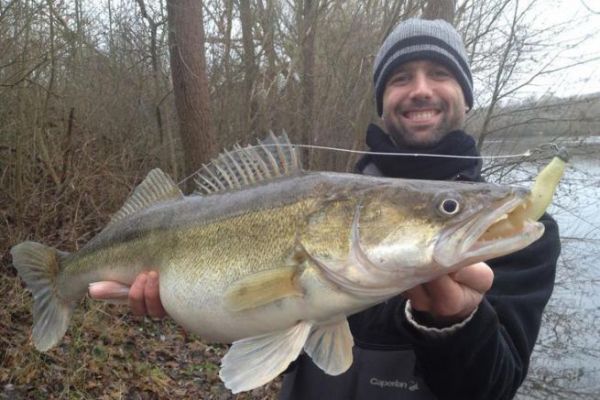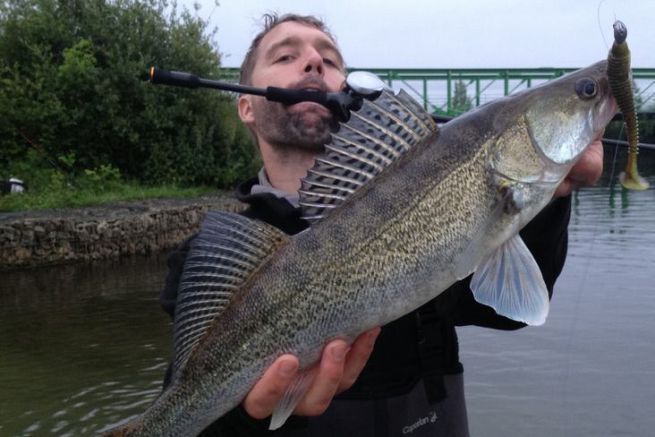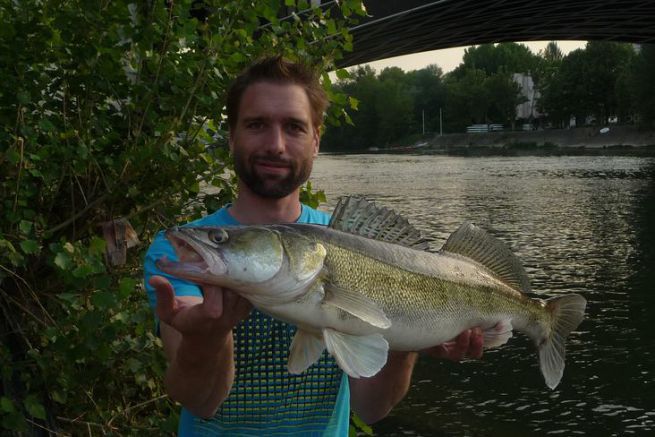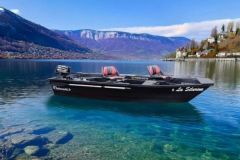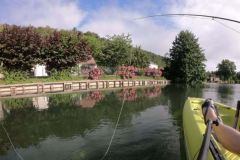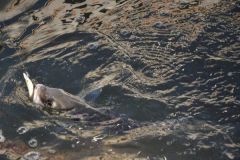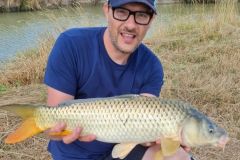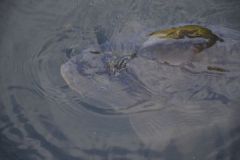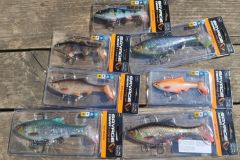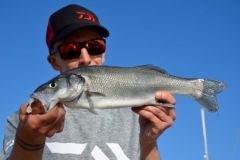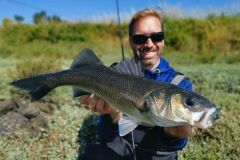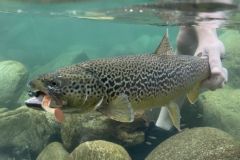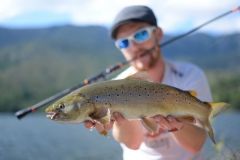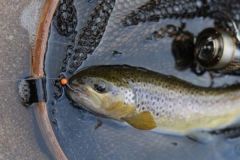Our tackle boxes are often filled with countless lures, and when fishing for pike-perch, we can sometimes get lost when faced with such a wide choice: lead heads, shapes, colors, sizes...
Choosing the right lead head
There are many different lead head shapes, and the choice is sometimes problematic and a source of questioning. While clogs and footballs are more suitable for scratch fishing and round shapes for line fishing, for me this is not the decisive factor.
The choice of weight being the fundamental point, it's necessary to know that the shape used will have an influence on the speed of descent, the number of hooks and the presentation of the lure, but all this can be compensated in some way by the line drive. In the absence of bites, this is not the first criterion to be questioned.
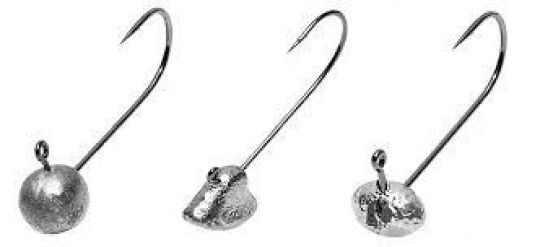
Colors, a rule of 3
By the same token, color is not the most important factor (on a seasonal scale), in my opinion, in deciding a pike-perch to attack your lure. However, it often has an influence on the quality of the bites. If the bites are not straightforward and the pike-perch are bitten on the edge of the mouth, a change of color can make them decide to bait more violently.
Some days this will obviously be a determining factor, but that's not the point.
You'll need 3 complementary colors in your box: white, which often works, a natural brown base and a flashy color like chartreuse.
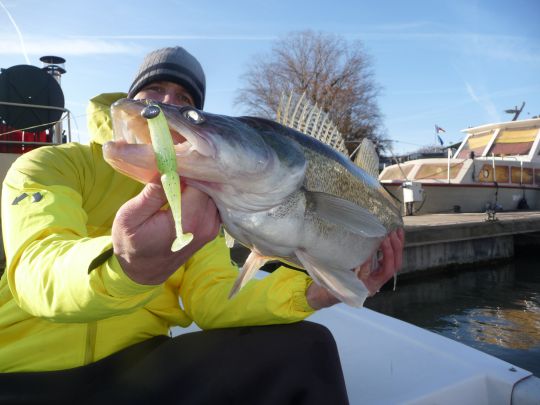
Lure shapes and vibrations
We often hear about miracle lures that are a must-have, but I think it's more a question of lures used well and in the right contexts, and everyone has their own preferences. In my experience, it's the type of soft lure and the vibrations it produces that determines the success of your fishing trip: big paddle shad, small paddle, V-tail finesse and long tail finesse. These are the 4 types of soft lures you need in your tackle bag. Whether it's brand X or Y won't make much difference! The decisive factor is the shape you choose.
As for size, I fish mainly in 5 and 6 inches. I can go down to 4 in summer and up to 7 in winter.
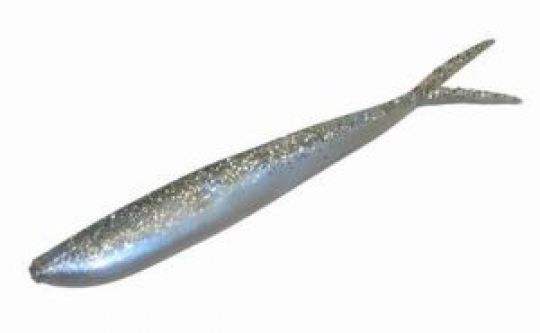
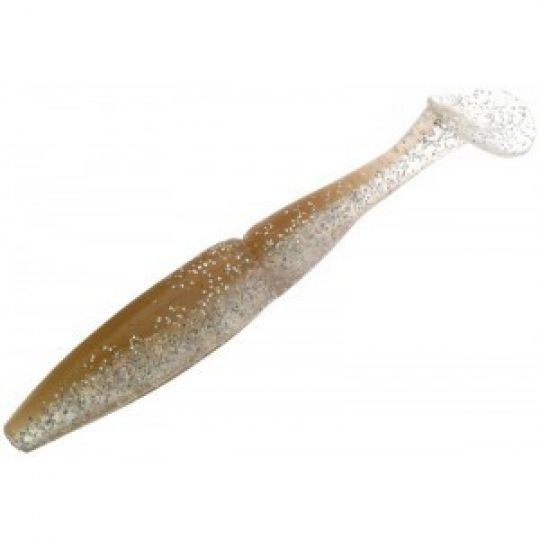

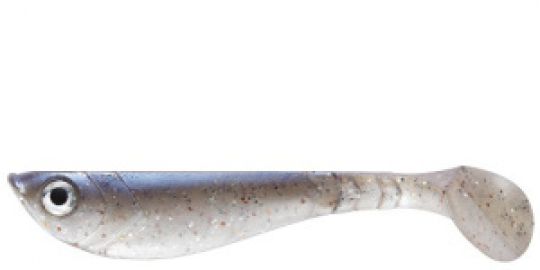
My strategy
Once on the water, my strategy is based mainly on the last criterion and on the weight, which is the keystone of this fishery.
So I'm going to start with a standard weight for the spot I'm fishing and with a lure that produces strong to medium vibrations, i.e. a shad.
If success is there and the bites are slowing down, I'll lighten the weight of my jig head and gradually reduce the intensity of the vibrations produced, so I'll go from a big to a small paddle, then a fine V-tail and then a long paddle.
On the other hand, if I don't get any bites, I'll vary the lure shapes and weights. I'll try heavier, more vibrant and more erratic to attack them and conversely lighter, more discreet and natural to seduce them.
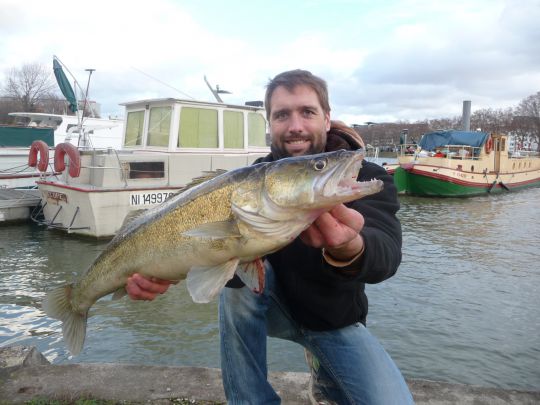
To succeed in this type of fishing, focus on what is decisive and essential: your drift control, weight, lure shape and casting angles. They will determine the success of your future fishing. As for the rest, vary them regularly over the course of your fishing to see if their influence is decisive on that particular day at that particular moment, but you'll soon agree that these factors are secondary!

 /
/ 